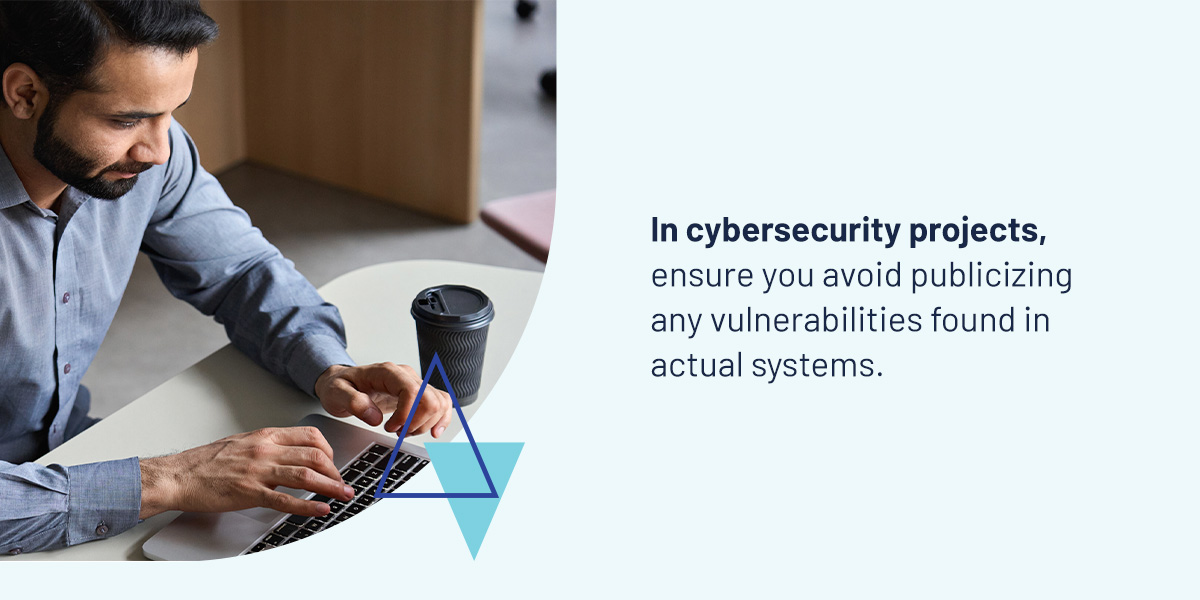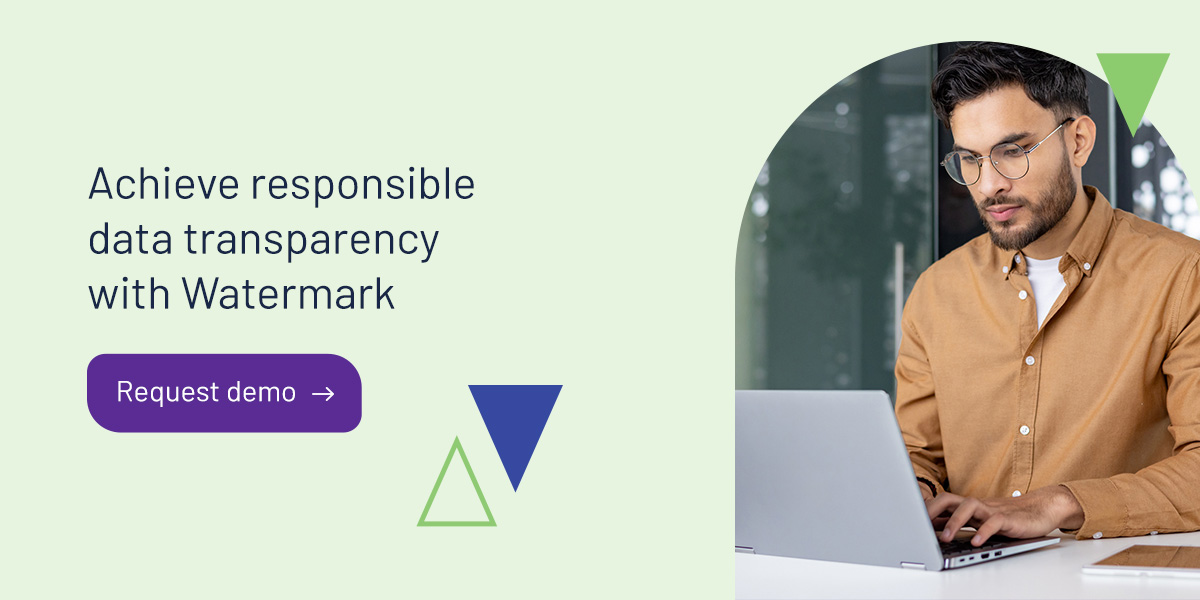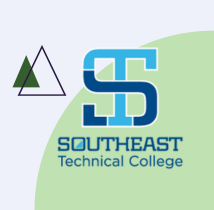
Students, their families, employers, and accreditors all keep a close eye on the outcomes your technical education institution achieves, from assessment grades to job placements. Building trust with these stakeholders requires transparency about assessment methods and results as well as long-term student outcomes, but administrators must balance this transparency with ethical and legal obligations to protect student data. This guide will help you achieve responsible transparency in a skills-focused assessment environment.
What is data transparency in technical education?
Data transparency means making your institution’s data accessible and understandable to your stakeholders. This includes sharing the data, where it comes from, and how you use it. In technical education, data transparency involves showing evidence of the skills your students have developed through your curricula and displayed in your assessments, while demonstrating how these skills align with trade requirements.
For trade schools, the data that matters most is that which shows graduates are ready for work. The top key performance indicators (KPIs) to report include certification pass rates, employer satisfaction surveys, job placement statistics, and competency assessment results.
Benefits of data transparency for trade schools
Data transparency contributes to trade school success by serving the interests of multiple stakeholders, including:
- Students: Students gain increased confidence in their program’s value and a deeper understanding of the skills they’re developing and why those skills are relevant.
- Employers: Employers enjoy the assurance that graduates they recruit will have the skills to excel at their jobs with minimal on-the-job training.
- Accreditors: Accreditors receive the evidence that your programs meet their quality standards and align with industry needs.
- Faculty: Faculty get the insights they need to improve curricula and teaching approaches.
5 best practices for balancing transparency with data privacy
One of the top challenges in data transparency is upholding responsible privacy measures while reporting data. Follow our five best practices for responsible transparency in technical education assessment.
1. Demonstrate skills while complying with FERPA
The Family Educational Rights and Privacy Act (FERPA) is a federal law guarding the privacy of student education records. It gives students over 18, and the parents of students under 18, the right to:
- Check their education records.
- Request amendment of mistaken or misleading information in their records.
- Control the disclosure of personally identifiable information (PII) from their records, with certain exceptions.
To comply with FERPA while demonstrating the competencies of your students, get explicit consent before exhibiting any student results or projects with identifiable information, like names or student IDs. This includes practical work, like welding or wiring projects, if these come with any identifiable information.
Include a general FERPA consent form in your enrollment process, which explains what information your institution will disclose during and after the student’s studies, your purposes for these disclosures, who may see the information, and how the student can revoke consent. You must also get specific consent if you plan to display or report student data in any way that goes beyond the scope of their initial consent.
2. Protect proprietary information and trade secrets

Responsible data transparency means reporting project outcomes while guarding intellectual property and proprietary or confidential information. For example, while reporting on welding or manufacturing projects, honoring data privacy means not detailing any proprietary alloys, techniques, or manufacturing processes. In cybersecurity projects, ensure you avoid publicizing any vulnerabilities found in actual systems. Relevant privacy measures include:
- Requiring students to sign confidentiality agreements before handling sensitive information.
- Restricting access to sensitive areas of your institution’s network or facilities.
- Using watermarks to acknowledge and protect proprietary information.
3. Anonymize data in skills-based assessments
Before reporting higher education data, remove student names and other direct identifiers to protect student privacy. Anonymization also means aggregating data to share overall program outcomes rather than individual results. For example, instead of sharing each student’s name and proficiency, report the overall pass rate or average scores for each competency assessed.
4. Communicate education data privacy policies
Responsible transparency includes clarity about your privacy policies, which is especially important for earning trust from your students. Provide your students with a clear explanation of how you’ll use and protect their data. Consider writing your privacy policy in straightforward language, defining any technical terms, and sharing this policy on a prominent page of your institution’s website. Add contact details your students can use to ask questions about your privacy policy and receive prompt answers.
5. Use secure platforms for data storage and sharing
Use platforms with robust security features and data encryption to design, administer, and grade assessments. Implement strong authentication protocols to limit data visibility to authorized faculty members and administrators on these platforms.
8 data transparency tips for trade schools
Once your institution has its responsible transparency best practices in place, you can maximize the benefits of transparency for your school and stakeholders by:
- Creating skills-based dashboards for students: Give students secure access to personalized dashboards tracking their progress in key competencies based on their performance in assessments.
- Curating custom dashboards for authorized stakeholders: Grant authorized stakeholders access to real-time tracking of relevant metrics while restricting access to sensitive or less relevant data.
- Sharing program-level outcomes with prospective students and employers: Publish aggregated data on job placement rates, average starting salaries, and employer and student satisfaction. These insights can encourage more employers to recruit your students, and more prospective students to enroll.
- Showcasing program outcomes with customizable reports: Tailor your reports to include the most relevant data for your audience. For example, faculty have an interest in student satisfaction with instruction, while graduation rates are more pertinent to accreditors.
- Engaging employers in validating assessment methods: Invite employer feedback on your rubrics and assessment methods to ensure alignment between your programs and industry needs.
- Communicating data-based program improvement initiatives: Build trust with accreditors by showing how you use assessment data to improve curricula, instruction, and student support services.
- Using visualizations to communicate complex data: Ensure all stakeholders understand your program data by visualizing it with charts, graphs, and infographics explaining it in clear, concise messaging.
- Automating data collection and reporting: Use higher education assessment and program review software that integrates with your assessment platforms and can automate data collection, analysis, visualization, and technical program reporting.
Achieve responsible data transparency with Watermark
Responsible data transparency is a competitive advantage for trade and technical schools because it builds credibility with students, employers, and accreditors. It also helps you improve program quality and graduate employability. To achieve and maintain responsible transparency, you need the right tools. Find all the software you need with Watermark’s Educational Impact Suite (EIS).
This higher education software tools hub can help your institution:
- Automate data collection from your learning management system (LMS) and other assessment platforms.
- Aggregate, analyze, and visualize program performance data.
- Display relevant data with streamlined custom reports and curated real-time dashboards.
- Protect sensitive data with encryption, restricted access, and multifactor authentication (MFA).
Request a free demo today and discover the future of responsible data transparency at your institution.

Linked Sources
- https://studentprivacy.ed.gov/faq/what-ferpa
- https://watermarkinsights.webpagefxstage.com/explore/educational-impact-suite/
- https://watermarkinsights.webpagefxstage.com/request-demo/
- https://watermarkinsights.webpagefxstage.com/resources/blog/the-importance-of-data-transparency-for-higher-ed-success/































































































































































































































































































































































































